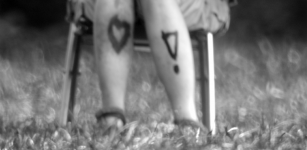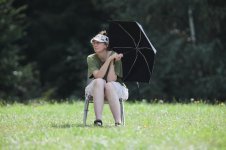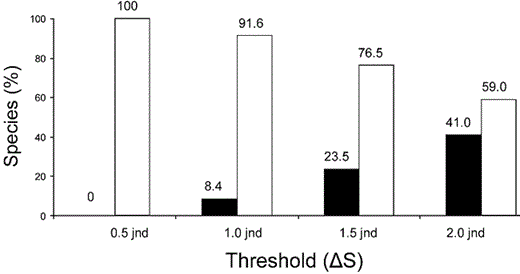opisska
rabid twitcher

About a half a year ago we had a discussion (in a random thread about Costa Rica birds) about UV photography/observation. I have not yet photographed a bird in UV, but today we have at least proven the concept that we have a near-UV sensitive device in the form of an astronomical CCD camera with the Johnson U filter. We have just patched up what we had in hand, so the result is not very user-friendly - I guess it would be hard to find a bird willing to sit put for the 20 minutes needed to adjust and focus it  - but on the other hand with a Newtonian reflector, we had absolutely no absorbing elements, so we got the maximum possible light output. The CCD camera is generally useless for daytime photos because it doesn't really do less than 0.1 s exposures (you can set them, but it doesn't physically move that fast), but in U, even with the reflector setup, there is almost too little light at the 0.1 s.
- but on the other hand with a Newtonian reflector, we had absolutely no absorbing elements, so we got the maximum possible light output. The CCD camera is generally useless for daytime photos because it doesn't really do less than 0.1 s exposures (you can set them, but it doesn't physically move that fast), but in U, even with the reflector setup, there is almost too little light at the 0.1 s.
By taking a photo of my wife's legs with patterns drawn on them with sunscreen, we have proven that we are actually getting some near-UV (and that the filter is actually U, we were not sure). On a test photo in B filter, there is a hint of the patterns, but sufficiently dim. In V,R and I it's all overexposed even when covering the aperture to super small sizes. Other illustrations show the setup - we could not focus to less than roughly 50 meters, so the studio was large. The camera takes about 50W (with cooling, that we could probably have turned off), so it needs a bit of a solar power plant to be used for extended times.
By taking a photo of my wife's legs with patterns drawn on them with sunscreen, we have proven that we are actually getting some near-UV (and that the filter is actually U, we were not sure). On a test photo in B filter, there is a hint of the patterns, but sufficiently dim. In V,R and I it's all overexposed even when covering the aperture to super small sizes. Other illustrations show the setup - we could not focus to less than roughly 50 meters, so the studio was large. The camera takes about 50W (with cooling, that we could probably have turned off), so it needs a bit of a solar power plant to be used for extended times.










